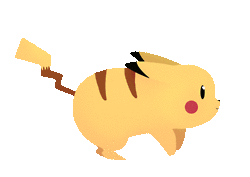解题思路
这题其实很简单,我们只需要知道如何遍历一棵二叉树即可完成。过程中有三件事情需要注意!首先,第一个节点(root节点)可能为空,所以可以直接判断然后返回0。之后,我们需要确保该节点的子节点全部为空才能判断这是一个叶子节点。所以我们有三个状态如下:
- 没有任何子节点,该子节点为叶子节点,返回长度(root子节点为 0)
- 单边有子节点,该节点不是叶子节点,返回遍历单边的最短长度
- 左右都是子节点,找左边或者右边的最短长度
根据这三个状态,我们就能知道怎么去写代码了。
代码
/**
* Definition for a binary tree node.
* struct TreeNode {
* int val;
* TreeNode *left;
* TreeNode *right;
* TreeNode() : val(0), left(nullptr), right(nullptr) {}
* TreeNode(int x) : val(x), left(nullptr), right(nullptr) {}
* TreeNode(int x, TreeNode *left, TreeNode *right) : val(x), left(left), right(right) {}
* };
*/
class Solution {
public:
int findMinDepth(TreeNode* root, int now) {
if(root == nullptr) return now;
if(root->left == nullptr && root->right == nullptr) return now + 1;
if(root->left == nullptr) return findMinDepth(root->right, now + 1);
if(root->right == nullptr) return findMinDepth(root->left, now + 1);
return min(findMinDepth(root->left, now + 1), findMinDepth(root->right, now + 1));
}
int minDepth(TreeNode* root) {
int depth;
if(root == nullptr) return 0;
if(root->left == nullptr) {
depth = findMinDepth(root->right, 1);
} else if(root->right == nullptr) {
depth = findMinDepth(root->left, 1);
} else {
depth = min(findMinDepth(root->left, 1), findMinDepth(root->right, 1));
}
return depth;
}
};
版权属于:江筱雨
本文链接:https://www.yuisblog.com/archives/137/
本站未注明转载的文章均为原创,并采用
CC BY-NC-SA 4.0 授权协议,转载请注明来源,谢谢!







